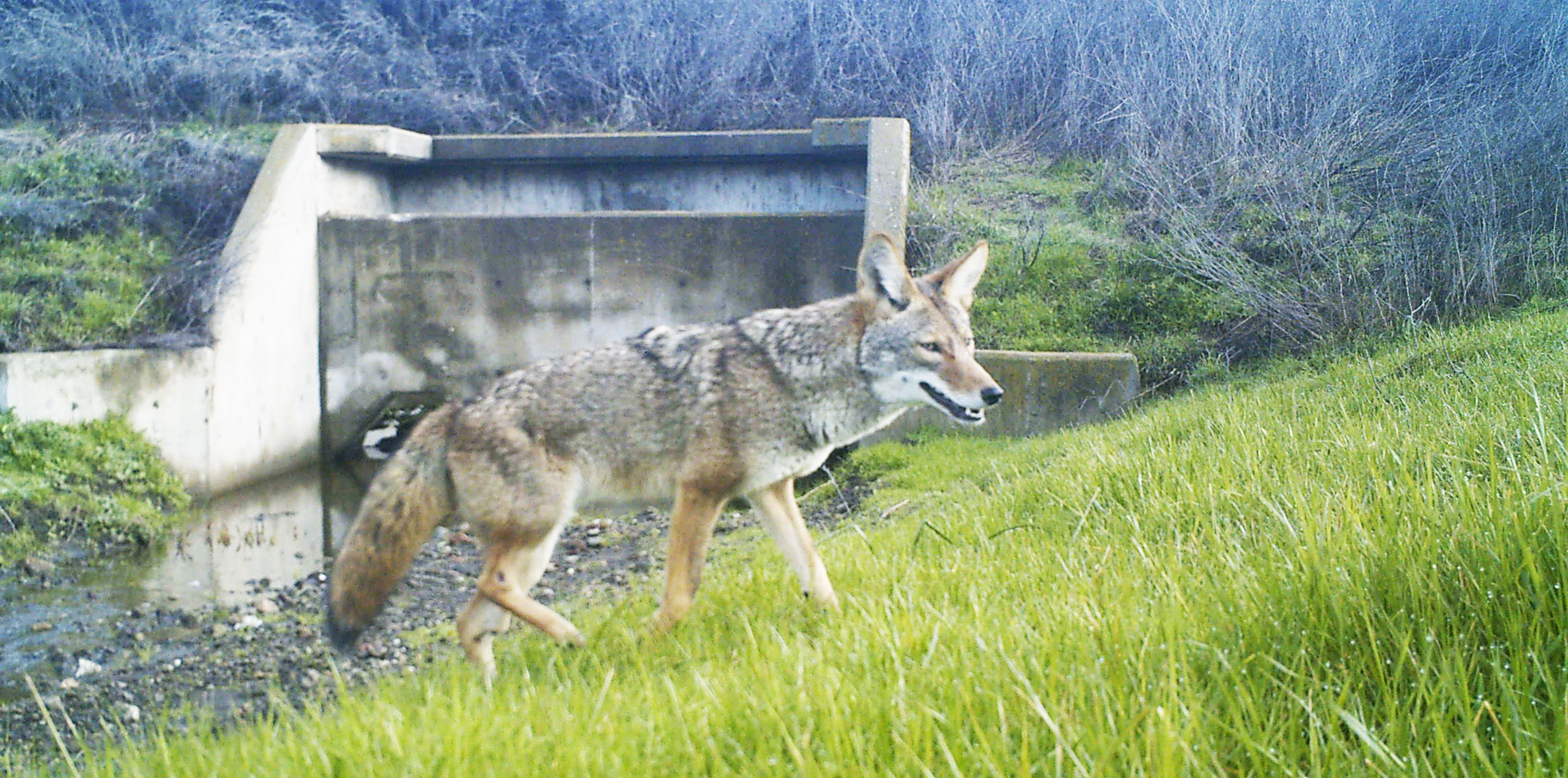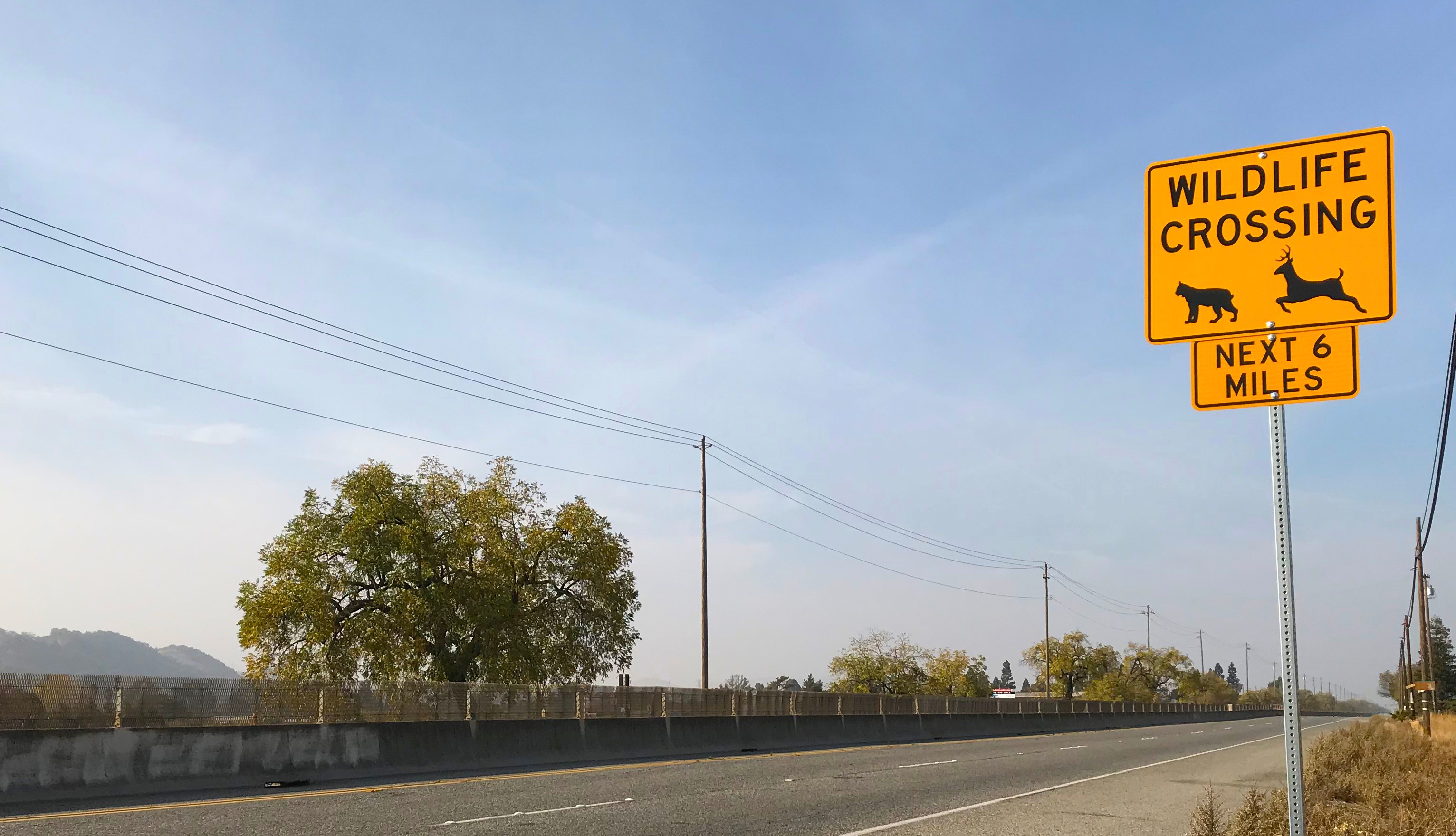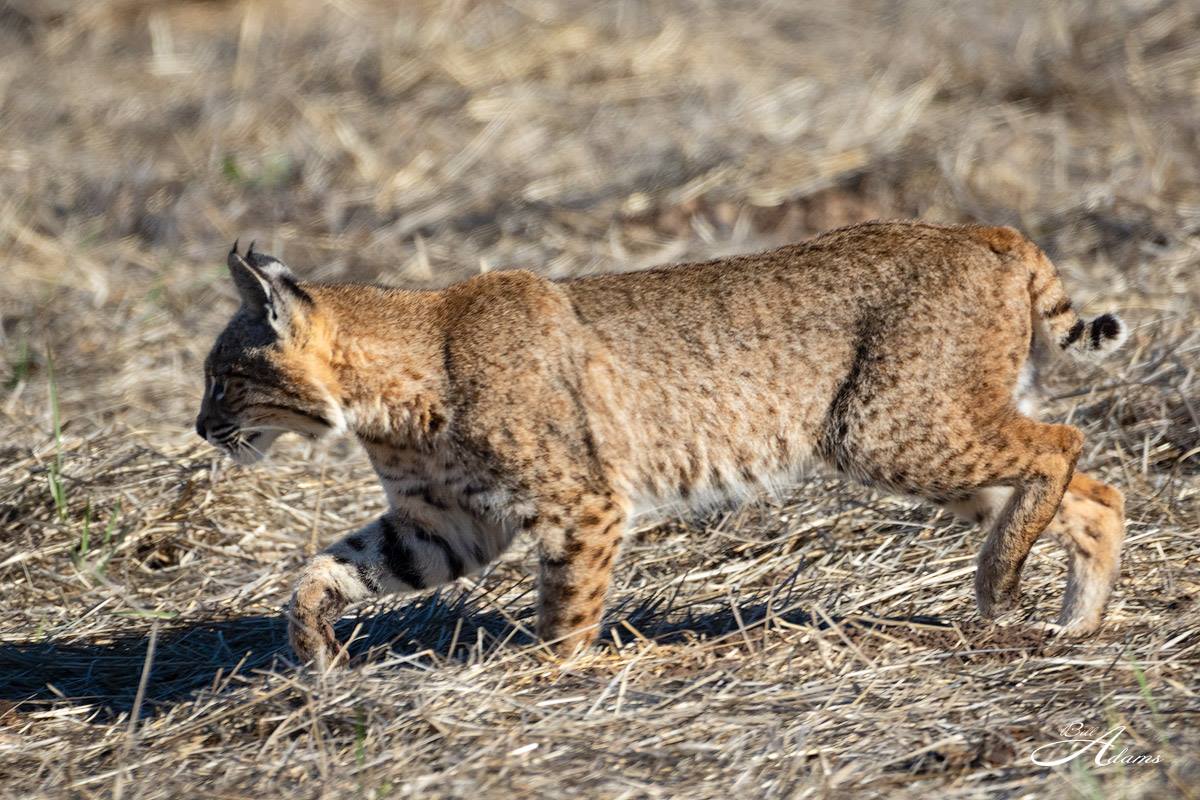The roads and freeways we depend on to connect our communities pose one of the greatest threats to wildlife. Roads fragment wildlife habitat, create barriers to movement, and kill animals through vehicle collisions. Animals need to move freely in order to find mates, hunt, migrate, and spread to new areas. All of these activities are essential for wildlife to be able to share their genes and maintain population health. Roads are a major issue in Coyote Valley, one of the last remaining pathways that wildlife use to travel between protected lands in the Santa Cruz Mountains and the Diablo Range.
One of the Authority’s top priorities is to protect and restore the wildlife linkage between mountain ranges. In 2017, the Authority released the Coyote Valley Landscape Linkage Report to support wildlife populations in Coyote Valley by laying out a vision to protect and restore this critical landscape.

Roadkill data collected in Coyote Valley shows that Monterey Road kills more than 5 times the number of roadkill than on any other road in Coyote Valley. A new report, Recommendations to Reduce Wildlife-Vehicle Collisions on the Monterey Road Corridor in Coyote Valley, offers several ways local governments can help lessen the risk to wildlife while also increasing the safety of people using Monterey Road.
The recommendations include:
- Installation of roadway signs and reduced speed limit
- Modifications of the median barrier to funnel wildlife into safer areas
- Improvement of the Fisher Creek culvert as an undercrossing
- Creation of dedicated wildlife crossing infrastructure, such as wildlife over or under crossings and directional fencing
Implementation of the first recommendation has already started with new signage along Monterey Road, installed by the City of San Jose to remind drivers to be vigilant for wildlife. This action can help to make the road safer for humans and animals alike, reducing automotive accidents and wildlife fatalities along this corridor.

The report was prepared by the Santa Clara County Wildlife Corridor Technical Working Group’s Coyote Valley subcommittee. This team includes members from the Open Space Authority, Peninsula Open Space Trust, Santa Clara Valley Transportation Authority, Valley Water, Pathways for Wildlife, Santa Clara County Parks, California Department of Fish and Wildlife, and other state and local organizations.
“Coyote Valley is an irreplaceable and valuable resource as a wildlife corridor,” says Galli Basson, Resource Management Specialist for the Open Space Authority. “We need the unique perspectives provided by the many partner organizations who have come together to protect this region.”

